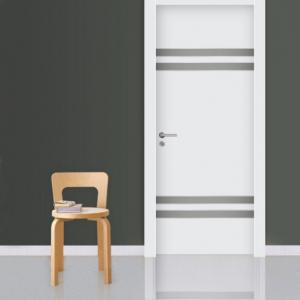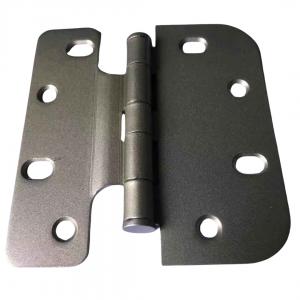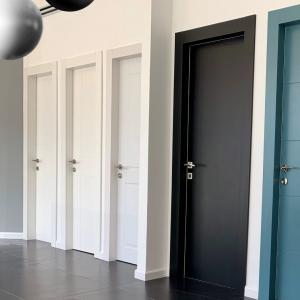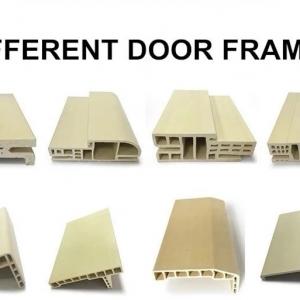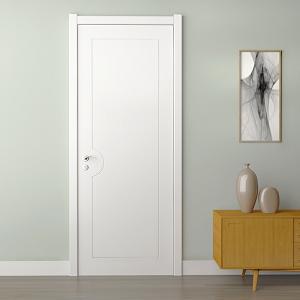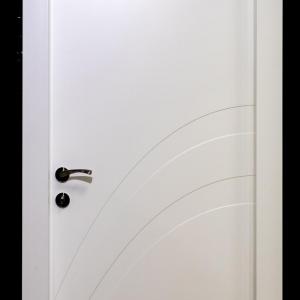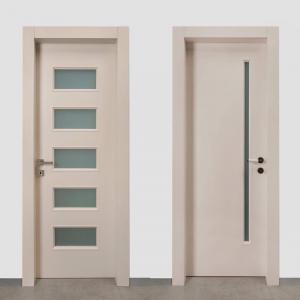In the vast landscape of construction materials, wood-plastic composite (WPC) doors and frames have emerged as a significant player in the Brazilian market. The unique properties of WPC make it an ideal choice for Brazil’s diverse climate, particularly in humid coastal cities like Rio Grande and São Paulo. This article delves into the reasons behind the suitability of WPC doors for the Brazilian climate, the advantages they offer, their affordability, and the trajectory of their presence in the local market.
1. WPC Doors’ Resilience in Brazil’s Climate
Brazil’s climate can be both a blessing and a challenge. The humid coastal areas, known for their picturesque landscapes, also present high humidity levels and varying temperatures. WPC doors, composed of wood fibers and thermoplastic polymers, possess inherent characteristics that align with Brazil’s climate demands.
WPC’s resistance to moisture and humidity makes it an excellent choice for regions where conventional wooden doors might suffer from warping, swelling, and rotting due to excessive moisture exposure. In areas like Rio Grande and São Paulo, where humidity is a constant companion, WPC doors maintain their structural integrity and aesthetics over time. This longevity translates to enhanced durability and lower maintenance costs for homeowners.

2. Advantages of Wood-Plastic Composite Doors
Beyond their climate adaptability, WPC doors offer an array of advantages that contribute to their growing popularity in the Brazilian market:
a. Eco-Friendly Choice: WPC doors often incorporate recycled materials, reducing the demand for virgin timber. This aligns with the global shift towards sustainable and environmentally friendly construction practices.
b. Versatility in Design: Manufacturers can mold WPC into various shapes and styles, providing architects and homeowners with design flexibility to match different architectural themes.
c. Water Proof: Wood-plastic doors are known for their exceptional waterproof properties, ensuring durability and resistance to moisture-related issues over time
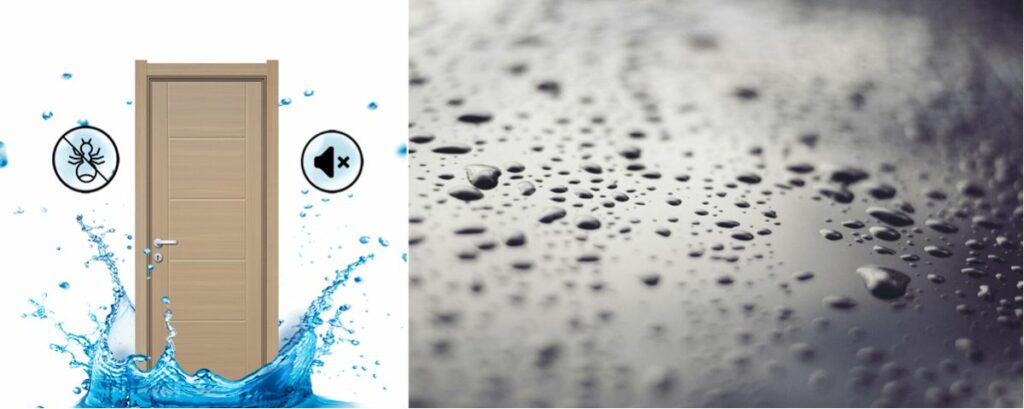
d. Low Maintenance: Unlike traditional wooden doors that require regular painting and sealing, WPC doors are resistant to fading, cracking, and peeling, requiring minimal maintenance over their lifespan.
e. Termite and Rot Resistance: WPC’s composition deters pests like termites, which can pose a significant threat to traditional wooden doors.
f. UV Stability: The coastal cities’ intense sun exposure can lead to fading and deterioration of materials. WPC doors are often engineered with UV stabilizers, ensuring their color and structural integrity remain intact.
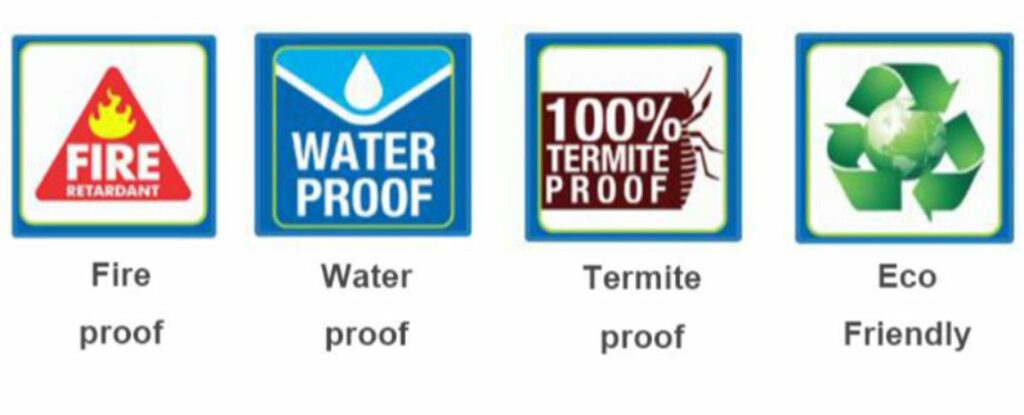
3. Affordability and Accessibility
In a market where cost plays a crucial role in purchasing decisions, WPC doors offer an attractive proposition. Their competitive pricing in comparison to solid wood doors positions them as a cost-effective alternative that doesn’t compromise on quality or aesthetics. This affordability factor extends to both the product’s initial cost and its long-term maintenance savings.
4. Market Evolution: From Imports to Local Production
The journey of WPC doors in Brazil has witnessed distinct phases:
a. Import Dominance (2011-2016): In 2011, Brazil began importing WPC doors, primarily from China, to meet the rising demand for innovative construction materials. These imports gained traction due to their suitability for the climate and advantages over traditional materials. However, after 2016, Brazil’s economic landscape faced challenges as the exchange rate plummeted, resulting in a decline in imports.
b. Local Market Growth: Despite the exchange rate woes, the demand for WPC doors persisted. Brazilian manufacturers recognized the market potential and started investing in domestic production. This shift not only reduced dependency on imports but also contributed to job creation and local economic growth.
c. Current Scenario: Presently, Brazil boasts a growing market of locally produced WPC doors and door covers. This shift towards local manufacturing not only aligns with the nation’s self-sufficiency goals but also ensures a steady supply of WPC products to meet the construction industry’s evolving demands.
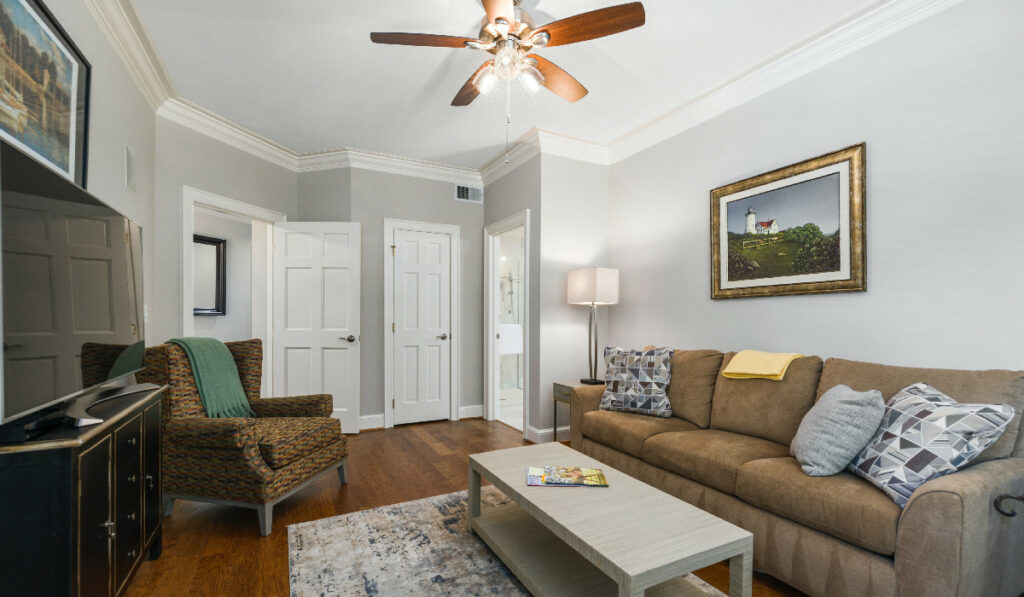
Conclusion
The Brazilian market’s embrace of wood-plastic composite doors and frames signifies a convergence of climatic suitability, affordability, and eco-consciousness. These doors, engineered to withstand the challenges posed by humidity and temperature fluctuations, have established their credibility in the construction industry. As the local production of WPC doors continues to thrive, Brazil’s architectural landscape evolves, making room for a sustainable, resilient, and aesthetically pleasing future.

